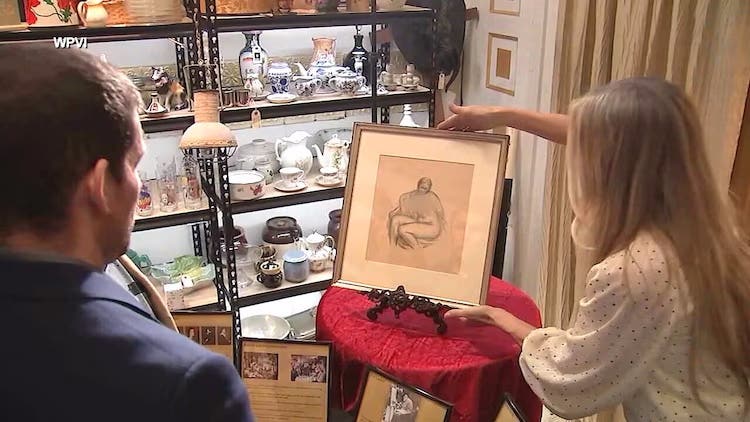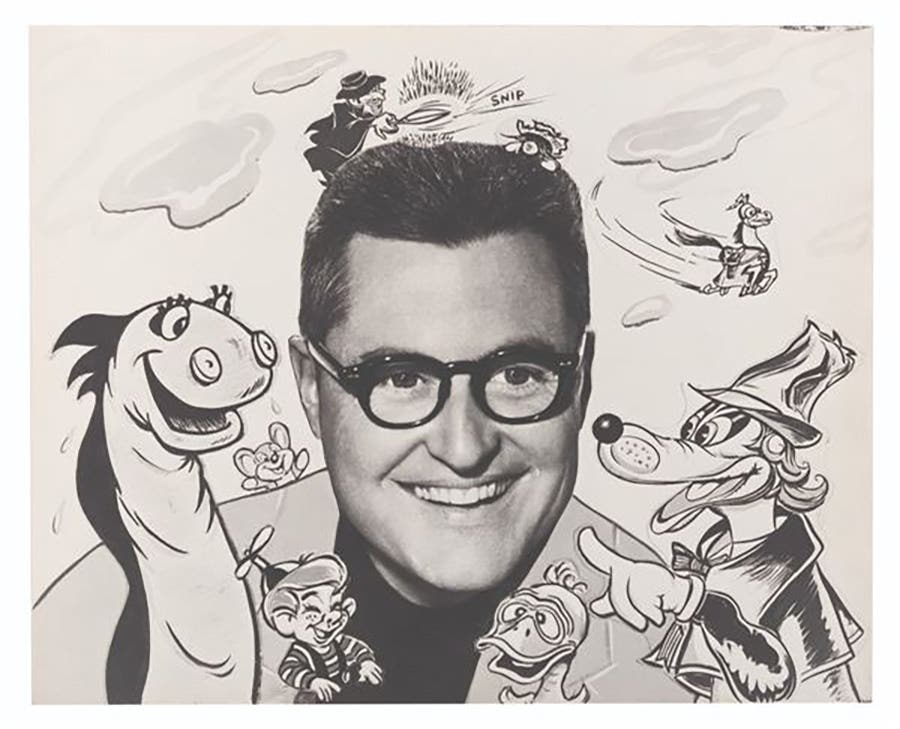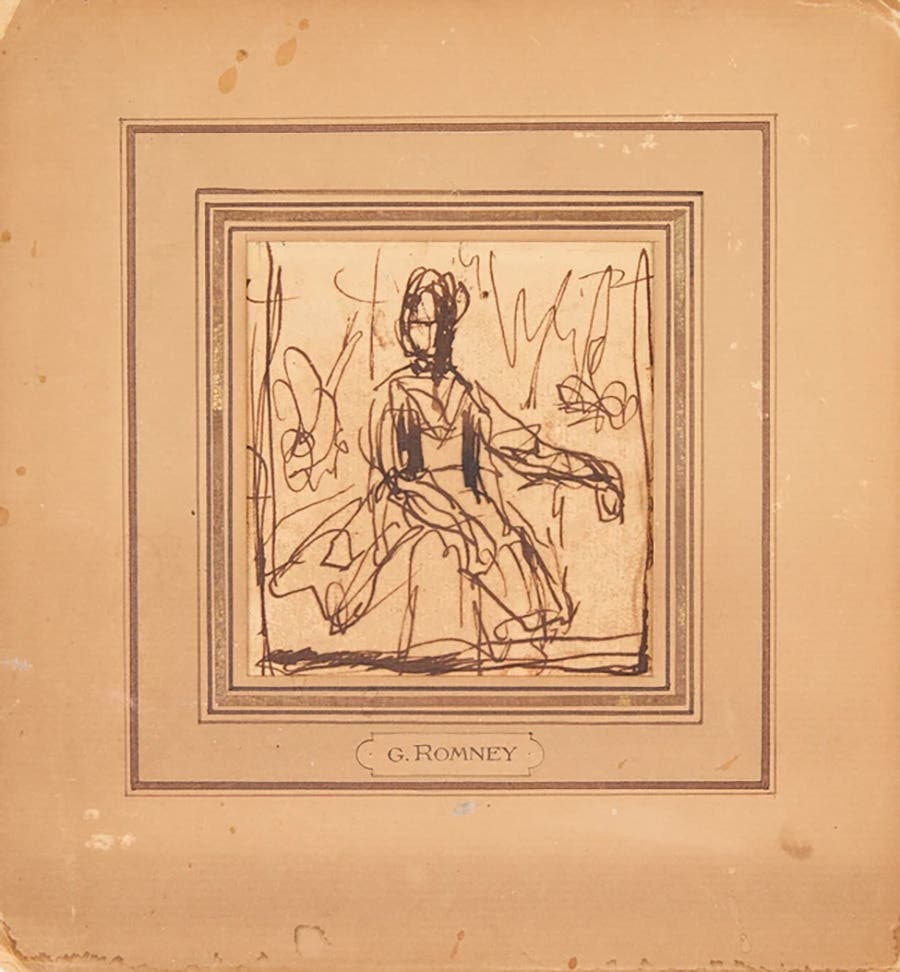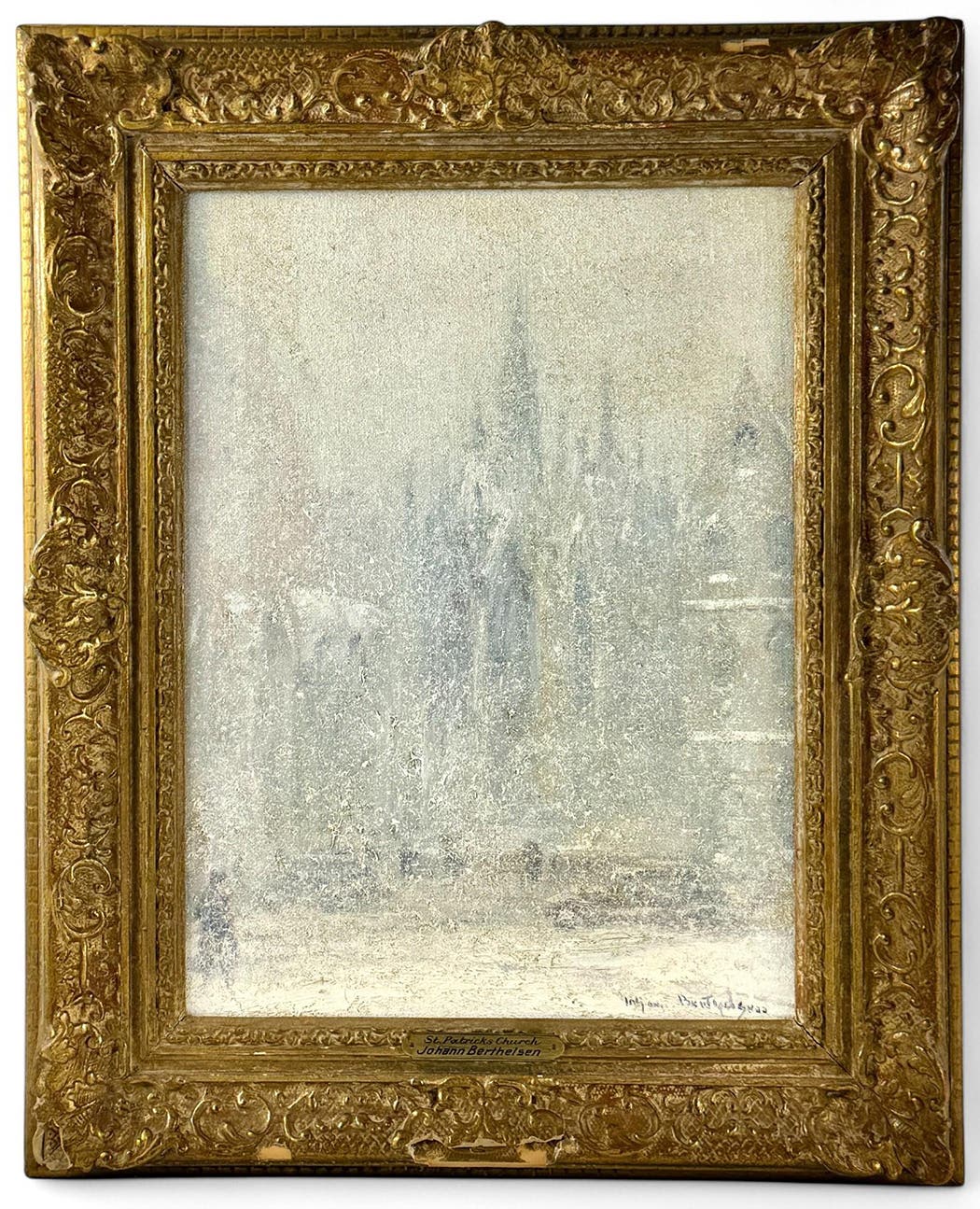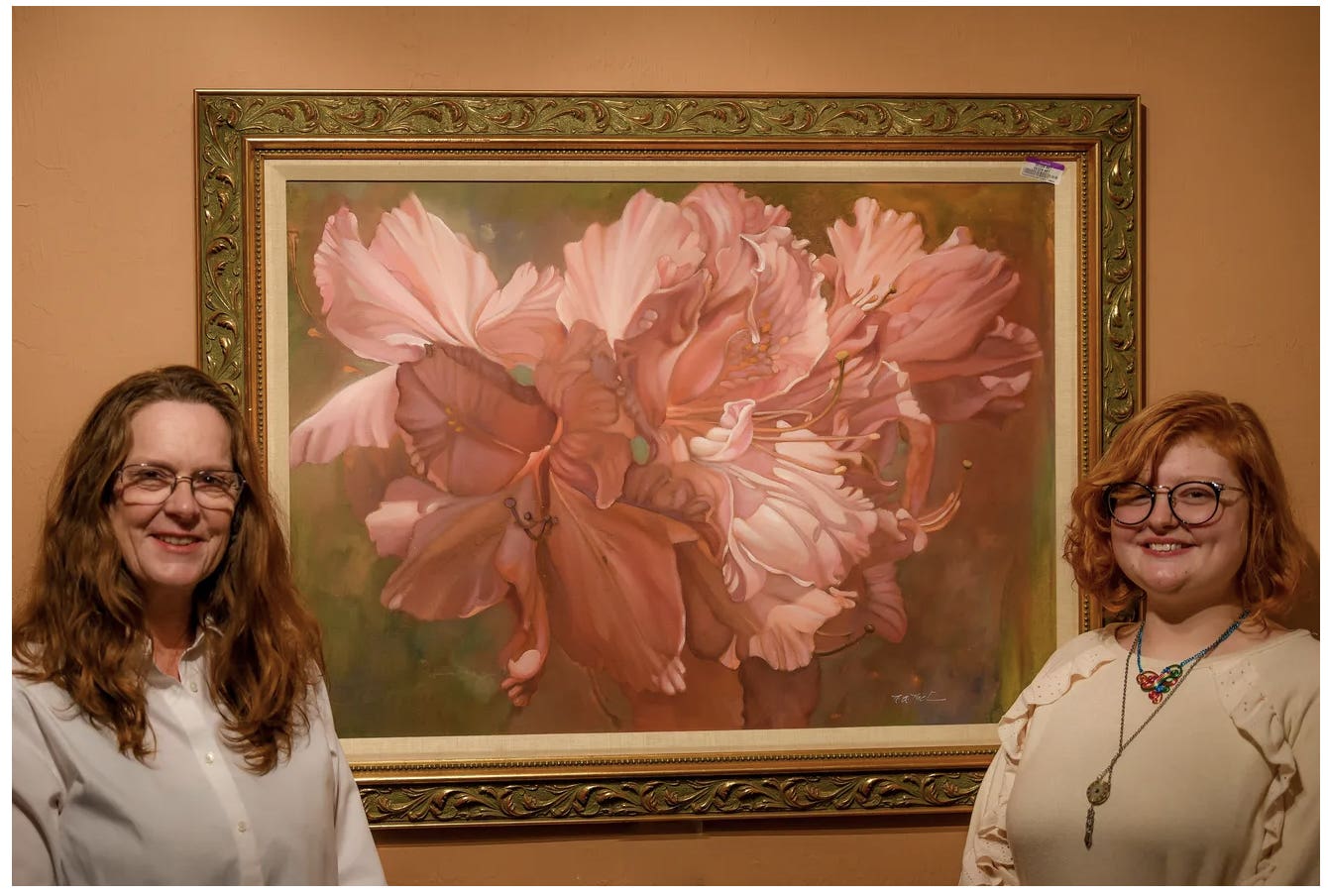Vintage Architecture Inspires Miniatures
Artist Chris Toledo crafts realistic interiors based on early 20th-century designs.
Viewing examples of Chris Toledo’s work, a person would feel completely at ease hiring him as an architect for constructing their home, despite the fact that his creations are crafted in 1:12 (one-inch) scale.
But you wouldn’t know that by looking at his work. Inspired by the early 20th-century architecture and design found in Southern California, his handcrafted miniature sculptures of homes and historical interiors are so intricate and filled with details that they look real. Take a closer look, though, and you’ll notice the playful props he includes. When Toledo photographs his work, he likes adding life-sized objects such as garlic bulbs, coins or his hand to show just how tiny his creations are. But some of his work can fetch big prices: large-scale pieces can sell for $200,000.
A lifelong resident of Los Angeles, Toledo draws inspiration from the city’s 1920s and ’30s European-infused architecture, particularly what’s found in Hancock Park, a neighborhood in the Wilshire area.
“I feel like that Hollywood boom is what really turned L.A. into the city it is now, so connecting that to my own history always made it a bit more sentimental,” he says of his favorite era.
Growing up, his dad was in the construction business and had a woodworking shop in the garage, while his mom was an artist and antiques collector.
“I’d literally spend hours wandering through these old houses while my dad sat there and worked,” Toledo notes.
As a kid, he spent countless hours building structures from Lincoln Logs and LEGO. It was at the tender age of 8 or 9 that Toledo discovered there was more to the world of miniatures beyond dollhouses and Barbie’s dream digs. While reading an issue of Nutshell News (which later became the full-size magazine Dollhouse Miniatures), he saw examples of the types of mini buildings he was interested in creating — which utilized actual wood and stone.
“As far as I knew about miniatures, it was Barbies and plastic houses, so attention to detail and this use of actual wood and stone material you would see in a full-sized house blew my mind,” he explains of this period of awakening.
He went to school for fashion design and product development at the Fashion Institute of Design & Merchandising in L.A., later working as a fashion photographer and graphic designer. In 2016, he launched an Instagram page to showcase his concepts.
“In the world of miniatures, I always felt it was very Victorian, Georgian and European influence. I love that, but I never saw early 20th century architecture in miniatures like you would see in a craftsman home, and I wanted to create those,” he explains.
Some customers commission him to construct entire mini dwellings, while others seek individual rooms or even just tiny furnishings such as a diminutive chandelier.
His Core Method
Self-taught, Toledo follows four basics steps:
- Create an artist rendering using SketchUp, a 3D modeling computer program for drawing applications including architectural, interior design, landscape architecture, civil and mechanical engineering, film and video game design.
- Laser cut a shell of the structure, adding doors and windows.
- Construct flooring, walls and ceilings, through woodworking, cutting his own glass and making his own light fixtures.
- Add detail work to the exterior.
“When you’re doing miniatures, you see everything at once, so you want to get that balance of flow through the space,” he says of his efforts.
Jewelry bindings are ideal for assembling those little accessories.
His creations can take him anywhere from one month to two years to finish.
Toledo is heavily influenced by Spanish designs. His passion project, “Casa California,” is an amalgam of real-life places. He was inspired by what he saw in an episode of “Home Again with Bob Vila.”
“There was a Spanish house in Malibu I really liked. I thought it was the coolest thing, so I knew one day when I got the chance I would create it,” Toledo says. “I started it in 2016 — with two years straight work — and I’m still working on it, with 5,000 more roof tiles to go.”
He credits his Argentinian roots with his inclination to create.
“My family is from Argentina and mom always told me stories of my grandparents making their own clothes, shoes and instruments, so I definitely come from this long line of makers. Every Argentinian family wants their sons to be engineers or architects, and I just chose a different scale to do it at,” he says with a laugh.
There is a large market for miniature creations in Europe, and he has shipped pieces all over the world. He also has objects on display at the Kentucky Gateway Museum Center.
Pricing depends on the scope of the project: size, detail and features. He sometimes collaborates with other artists to complete the finished product.
While people who view his work assume he has nimble fingers, Toledo concedes that it’s quite easy to break something or overuse glue.
The proof is in the details. Toledo ages and distresses his pieces for added realism. A sink in a 1920s’ bathroom can have a streak of rust; the fingerprints of Father Time are created using dirt and paints.
“I pool a lot of that inspiration from real life. Paint peeling and rust give that real element of life to the pieces,” he
reveals.
Many of his mini structures are outfitted with electricity. In some cases, each room’s individual lights work independently.
What keeps Toledo engrossed is his projects allow him to work in several different domains.
“I like the fact that miniatures is not just one form of art: it’s woodworking, painting, interior design, architecture and photography, when the piece is finished,” he says.
He suggests that people interested in trying their hand at this complex art should start with pre-packaged projects.
“The kits are mainly designed for children, but it’s a great way to become familiar with the scale most miniatures work in, and it helps you develop that eye and learn about proportions and layouts,” he advises.
Clients often ask Toledo to recreate a home or room that has sentimental value. Tears of appreciation spilled by his patrons make his labor impactful.
“I’m passionate about history, and with miniatures, you’re able to capture these moments in time and make it tangible to someone. You can describe a historical event or space, but if they can see it and touch it, it makes it more special. I fill in the imagination part for you,” he says.
To learn more about Toledo’s creations, visit: toledominiatures.com. He may also be reached by emailing info@toledominiatures.com.



